#folklore creatures
Text

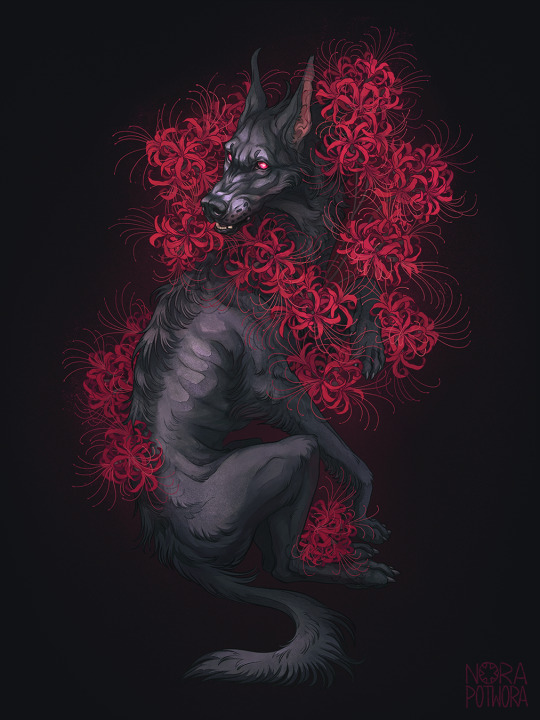
Here's a commission of Church Grim with spider lillies!
The Church Grim is a mythical creature from English folklore, that is said to be a guardian spirit that protects churches and churchyards. It is believed to take the form of a large black dog, often with glowing eyes, and is said to be the spirit of the first person to be buried in the churchyard. The Church Grim is said to be a friendly and protective spirit, but can also be mischievous and even vengeful towards those who disrespect the church or disturb its peace. The belief in the Church Grim is still present in some rural areas of England, although it has largely faded from popular culture in modern times.
#church grim#english folklore#folklore creatures#folklore art#decorative poster#decorative art#canine#canine art#canine creature#dog#dog illustration#dog art#dog creature#floral illustration#floral art
3K notes
·
View notes
Photo

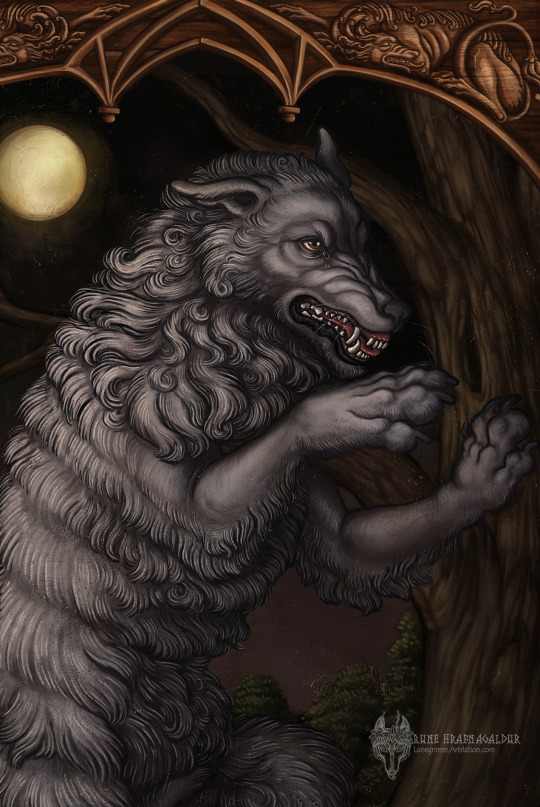

Shapeshifter
- "I think I saw our neighbor last night... the one nobody really knows, because always sleeps throughout the entire day" -
One of my personal favorite paintings I’ve completed this year, everything just worked exactly the way I wanted which is rare
#werewolf#werewolves#wolf#wolfart#lycanthrope#lycan#medieval fantasy#fantasy#horror#folklore#wood carving#medieval#medieval art#forest#night#creature#folklore creatures#digital illustration#digital art#art#lunegrimmart#artists on tumblr
1K notes
·
View notes
Text

full kelpie sketch up for kofi members ooOoO
#kelpie#horse#kelpie horse#cryptid#folklore#folklore creatures#horse drawing#spooky art#art#illustration#comics#artists on tumblr#doodle#illustrator#artist#digital art#horror art#horror illustration#sketch#animal illustration#animal art#creature illustration#black and white#fantasy art#horse illustration#horse art#dark#green#cryptid art#cryptid drawing
118 notes
·
View notes
Text


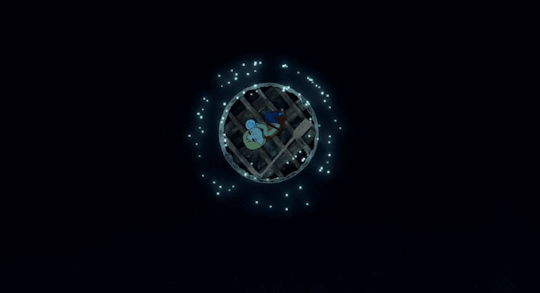


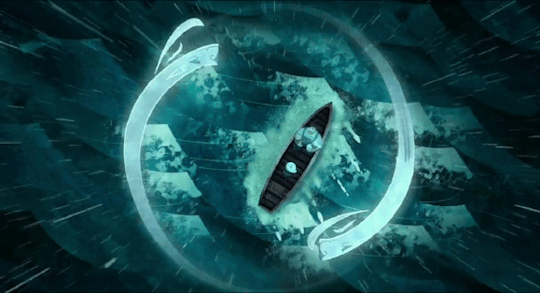


The Song of The Sea (dir. Tommy Moore)
#song of the sea#movies#films#childrens movies#animation#cartoon#animation movies#tomm moore#irish movies#ireland#folktale#folk music#folklore creatures#selkie#art#movie gifset#film gifset#movie gifs#film gifs
133 notes
·
View notes
Text

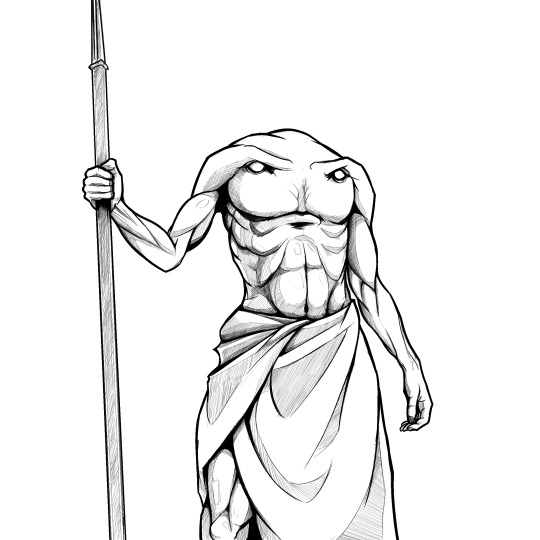
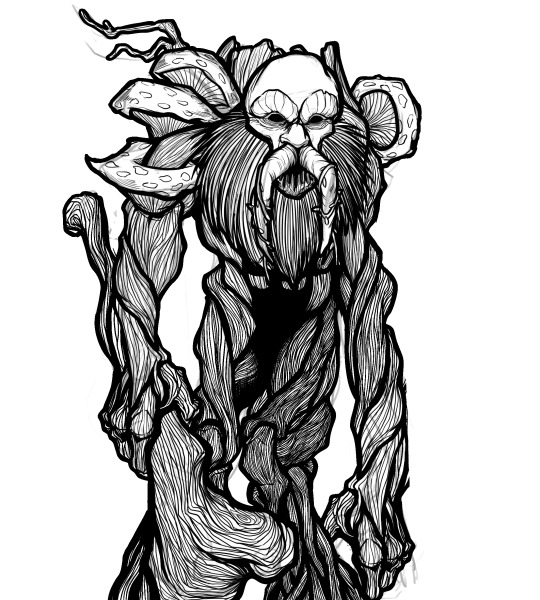
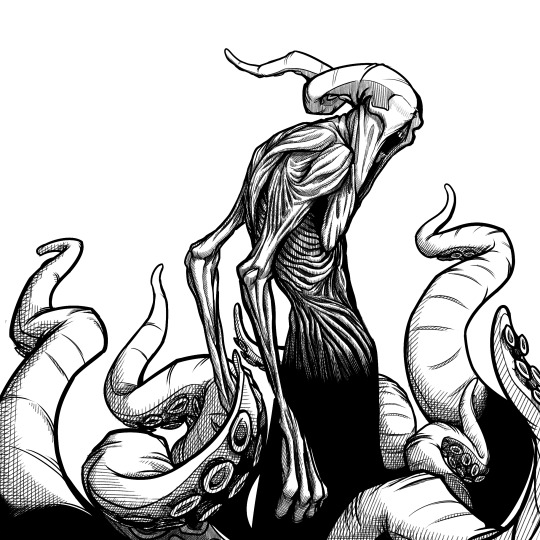
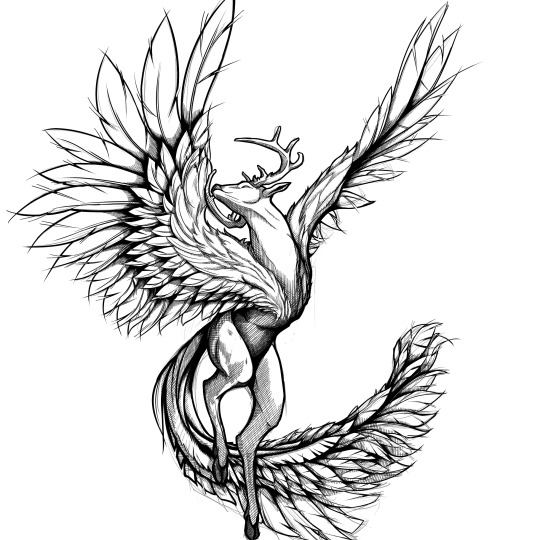


Serie de ilustraciones de diversas mitologías del mundo, realizadas para el "Diccionario Universal de Criaturas Fantásticas" de Luciano Hernandez. En orden de aparición:
Akangüé: Dueño de los Pájaros en el folklore guaraní.
Blemias: seres de la mitología greco-romana.
Leszi: proveniente de la mitología eslava.
Nyarlathotep: Una a la que le tengo un cariño especial, aunque no es de ninguna mitología o folklore tradicional se ganó un lugar en el Diccionario directo desde el ideario de H.P. Lovecraft.
Peritio: Otra criatura que técnicamente no pertenece al folklore o mitos "tradicionales", el Peritio, imaginado por Borges, se ganó un lugar en el imaginario colectivo... al punto que incluso llegó a aparecer en compendios de monstruos en Dungeons and Dragons (entre muchas otras referencias en la cultura popular)!
Quetzalcoatl: serpiente emplumada de la mitología azteca.
Rakshasa: seres de la mitología hindú.
Quedan más en el tintero, pero por ahora simplemente les recomendaré leer el Diccionario Universal de Criaturas Fantásticas Imperdible lectura, donde no sólo van a poder encontrar aún más ilustraciones de las que he estado subiendo, sino también conocer más sobre estos seres y muchos otros, guiados por el enorme conocimiento del autor.
#mythical creatures#mythology#myths#folklore#folklore creatures#creature design#creature art#cthulhu mythos#slavic folklore#roman mythology#greek mythology#hindu mythology#aztec mythology
43 notes
·
View notes
Text

Lurking beneath the winter landscape, the snow wasset is a weasel-like creature that hibernates in the summer and is active in the snowy winter.
#BriefBestiary#bestiary#digital art#fantasy#snow wasset#folklore creatures#great lakes#folklore#canadian legend#fearsome critters#canada#winter#snow#legend#weasel#monster#monster weasel#carnivore
36 notes
·
View notes
Text

A jackalope I made some months ago.
Pattern is from Crafty Intentions, link below
13 notes
·
View notes
Text

The traditional legends of Cuca (pronounced ku·kuh) tell that she is an ugly old woman who appears in the form of a crocodile and steals disobedient children. The cuca only sleeps once every seven years, and parents sometimes use this element of the legend to scare children who don't want to sleep, saying that the cuca will get them if they don't go to bed. Although cuca comes from Portuguese coca, in Tupi (indigenous language of Brazil), Cuca means swallowing something in a single gulp.
Even in several cultures there are lullabies that refer to Cuca, in Brazil the main refrain of the lullaby is commonly known:
Nana neném Sleep, little one
Que a Cuca vem pegar The Cuca’s going to get you
Papai foi pra roça Daddy went to the fields
Mamãe foi passear Mommy went for a walk
Desce gatinho Come down, little cat
De cima do telhado From the roof
Pra ver se a criança To see if the child
Dorme um sono sossegado Is sleeping peacefully.
The legend of Cuca was popularized in Brazil by Monteiro Lobato, through his work "Sítio do Pica-Pau Amarelo", in this story she is portrayed as a humanoid alligator with blond hair and red clothes, a sorceress who torments children who live around where she lives. (This is the most striking version of how it is recognized here)
But it is believed that the Legend of Cuca has its origins in Galician-Portuguese folklore based on the creature “Coca”, which means “skull head”.
The "Coca" is a ghost or a dragon that eats disobedient children that lurks on the roofs of houses, and kidnaps them after doing some mischief.
(But it is worth pointing out that the true source of the Cuca that we know is very difficult to define, due to the miscegenation of various cultures)
Recently Netflix launched a series that is based on Brazilian folklore called "Cidade Invisivel", in the story we follow the detective Eric in the midst of investigating the death of his wife, until some mysteries begin to intrigue the character, and folklore figures like Iara , Saci-Pererê, Curupira etc, start to appear in action. And, of course, especially Cuca, who in this version is portrayed from a different perspective, being a human woman who is a kind of witch of dreams, specialist in putting people to bed/trance, being seen as a protector of all these entities of the world. the great protective mother. It welcomes these beings, who in history live on the margins, because they were expelled from their place of origin (the forest) and are lost in the middle of the city.
I remember finishing the first season, about 2/3 years ago and simply falling in love with this new version of Cuca (who in the series is played by actress Inês Negrine). And luckily, tomorrow (03/22/2023) the 2nd season of Invisible City will finally be released, exploring our folklore even more and bringing even a little more of the tales and stories of the peoples originating in Brazil!
So, I took some time to try to combine these two versions, which are so different but still valid according to research and stories that travel around Brazil (Cuca alligator is the result of legends coming from Portugal and by the representation of Monteiro Lobato, the "traditional" Cuca of original people folklore was associated with owls and moths and this was rescued in the series, as I said there is no wrong source, just a mixture of cultures!!!), so I created my "own" Cuca to celebrate the release of the season and our culture. And that's what it turned out!
I'm going to leave here some links to see the trailer for season 1 and 2 of Invisible City, in case anyone is interested. And also a link to a scene from the series that shows how the lullaby is recited around here.
trailer for the first season of invisible city with english subtitles here!
Trailer for the 2nd season of invisible city (unfortunately I couldn't find the trailer with English subtitles, but you can activate the automatic subtitles translated into English through YouTube)
Scene from the series with the lullaby here! (The audio is not the best)
#cuca#digital#moth#digitalartwork#fanatsy#folklore#illustration#mythology#witch#witchcraft#folklore fantasy#brazilian folklore#fanatasy art#folklore creatures#folklore inspired#artists on tumblr
16 notes
·
View notes
Photo

A while ago I read the Wikipedia page for kikimory and it said they sometimes live behind stoves. For some reason that's stayed in my mind.
The prompt for today was "Nooks and Crannies." I was going to go with a brick stove which was more common in the middle ages but I ended up going with an iron wood burning stove because I thought it'd be more recognizable. I worried the brick stove would just read as the wall of a crawlspace instead of an appliance.
Also, don't know if kikimory are technically known for knitting, I just thought it made sense since they're supposed to spin thread.
#IDrewThis#Art#Digital Art#Domestic Spirits#Folklore#Folklore Creatures#Character Design#Creature Design#Kikimora#House Spirit#Slavic Folklore#Knitting
29 notes
·
View notes
Text
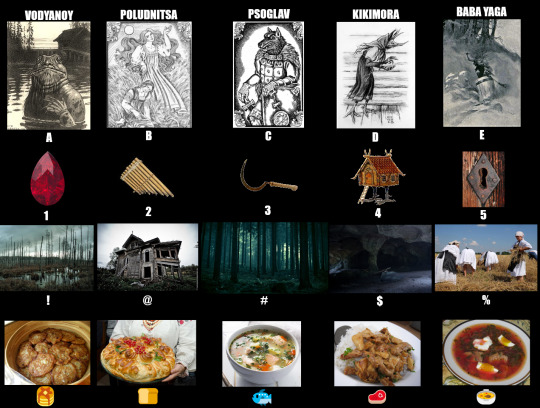
Slavic folklore creatures that I like, objects of various association (some more obvious than others), environments where they may be found, aaaaand slavic foods I associate with them lol.
reblog to diagnose yourself or tag your friends; or you can send me an ask with what combination you think suits me, and I'll do you right back.
#ask game#reblog game#mix and match#monster diagnosis#slavic folklore#slavic food#folklore creatures#fucked up little guys dot com
13 notes
·
View notes
Photo



~ Su-yeon ~
Designed an oc based on the Kumiho myth.
Named her Su-Yeon and designed three outfits for her, based on Spring, Autumn and Winter.
#art#fanart#oc#Kumiho#gumiho#folklore#folklore creatures#Su-yeon#hanbok#I've yet to fully use her for something#but I think she turned out so beautiful
3 notes
·
View notes
Text
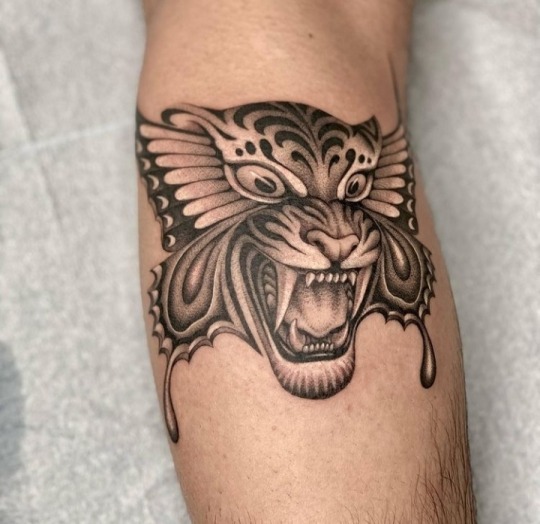
Ig: @geddesjones
Wappingers Falls, US
#tattoo#inked#inked beauty#inkedup#black ink#black tattoo#tattoo aesthetic#aesthetic tattoo#tattoo addict#cool tattoos#beautiful tattoos#tiger#tiger tattoo#tiger butterfly#tiger monster#fantasy tattoo#fantasy creature#folklore creatures
4 notes
·
View notes
Text
A YA Dark Naturalism Favourite
I love a book with a dark, moody setting. Give me a forest, a secluded town, and a mythical-dipped lore whereby people must guard the population by dealing with what lurks in the shadows. Susan Dennard’s The Luminaries gives all that and more and it’s a wonderful introduction to the world of dark naturalism – one of my favourite aesthetics.
Here we get magical realism, folklore-inspired…

View On WordPress
#the luminaries#susan dennard#winnie wednesday#jay friday#ya fantasy#magical realism#ya low fantasy#dark naturalism#folklore creatures#atmospheric books#dark naturalism books#ya supernatural#supernatural fantasy books#book review
1 note
·
View note
Text


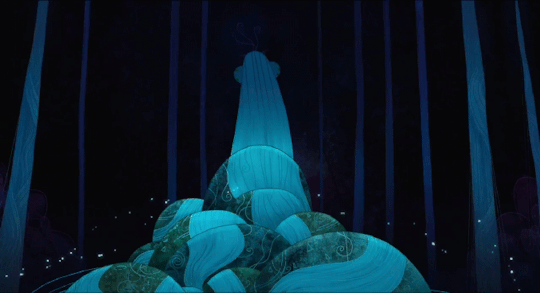
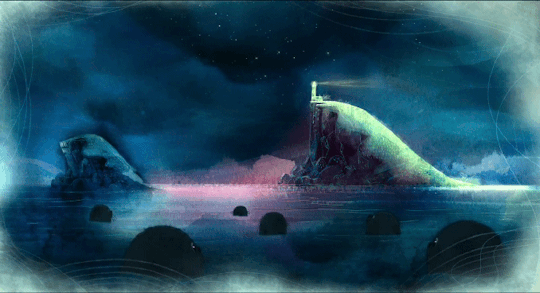



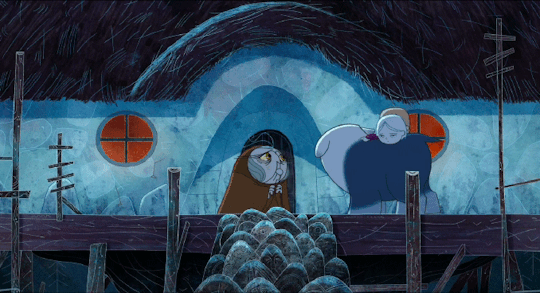
The Song of The Sea (dir. Tommy Moore)
#tomm moore#the song of the sea#animation movies#childrens movies#films#cartoons#folktale#folklore creatures#folk music#folklore tales#ireland#irish movies#art#movie gifset#film gifset#movie gifs#film gifs
46 notes
·
View notes
Text

Andromeda by Arthur Rackham
#arthur rackham#art#andromeda#cetus#greek mythology#mythological#dragon#dragons#serpent#serpents#sea#mythical creatures#monster#monsters#beasts#damsel in distress#classical antiquity#ancient greece#ancient greek#europe#european#sea monsters#sea dragons#sea serpents#folklore#mythology
1K notes
·
View notes
Photo

This turkey-headed bird is a physics defying lumberjacks' tall tale. A thing of strange coloration and behavior whose very existence is bizarre.
#BriefBestiary#bestiary#fantasy#folklore#folklore creatures#american frontier#legend#physics defying#filla-ma-loo bird#fillamalloo#fillamalloo bird#goofus bird#fearsome critters#flu-fly#flufly#digital arwork#flu-fly bird
21 notes
·
View notes